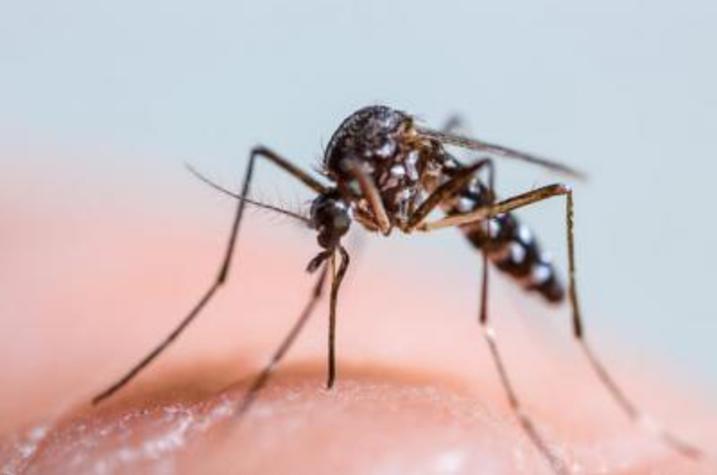Preventative Measures Can Help Protect Against Mosquito Bites

LEXINGTON, Ky., (May 18, 2017) — Mosquitoes are appearing earlier than normal this year. University of Kentucky entomologists encourage Kentuckians to take precautions to prevent mosquito bites on themselves and their pets.
“Mosquitoes breed in standing water. The recent rains we have had, coupled with the upcoming warm weather, may help them get off to a strong start,” said Grayson Brown, entomologist in the UK College of Agriculture, Food and Environment.
This past week, UK entomologists captured Asian tiger mosquitoes in Central Kentucky. These mosquitoes normally appear in this area in mid-June and populations begin to climb throughout the summer, peaking in late July, early August. The mosquitoes tend to arrive in Western Kentucky a little earlier and appear in Eastern Kentucky a little later than in Central Kentucky.
This Asian tiger mosquito is responsible for 85 percent of the bites Kentuckians receive and is the primary carrier of canine heartworm.
“The Asian tiger mosquito is opportunistic; it feeds on several species of animals in addition to humans,” said Lee Townsend, UK extension entomologist. “It tends to bite humans around the ankles, an area that is often overlooked when applying repellents.”
Kentuckians can take the following measures to minimize their chances of getting bitten this summer:
- Use Environmental Protection Agency-registered insect repellents.
- Drain any standing water as these are potential breeding mosquito breeding sites. This includes bird baths, bottles and any other items with water-holding capacity like old tires or trash.
- Fill in holes, depressions and puddles in yards.
- Keep gutters in proper working order.
- Make sure door and window screens are in good repair.
- Stay indoors between 4 and 8 p.m. when mosquitoes are most active.
- Wear pants and long-sleeve shirts when outdoors.




